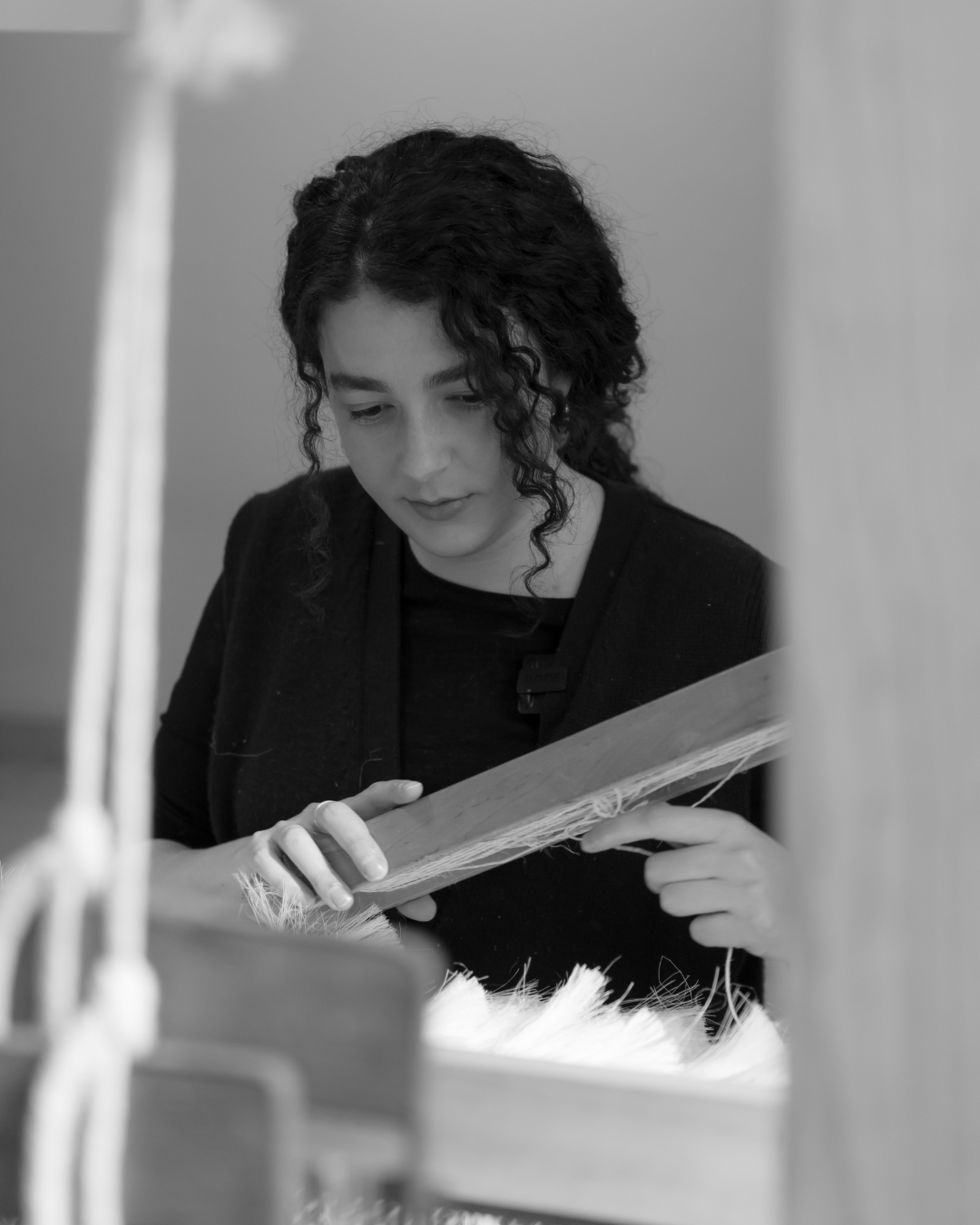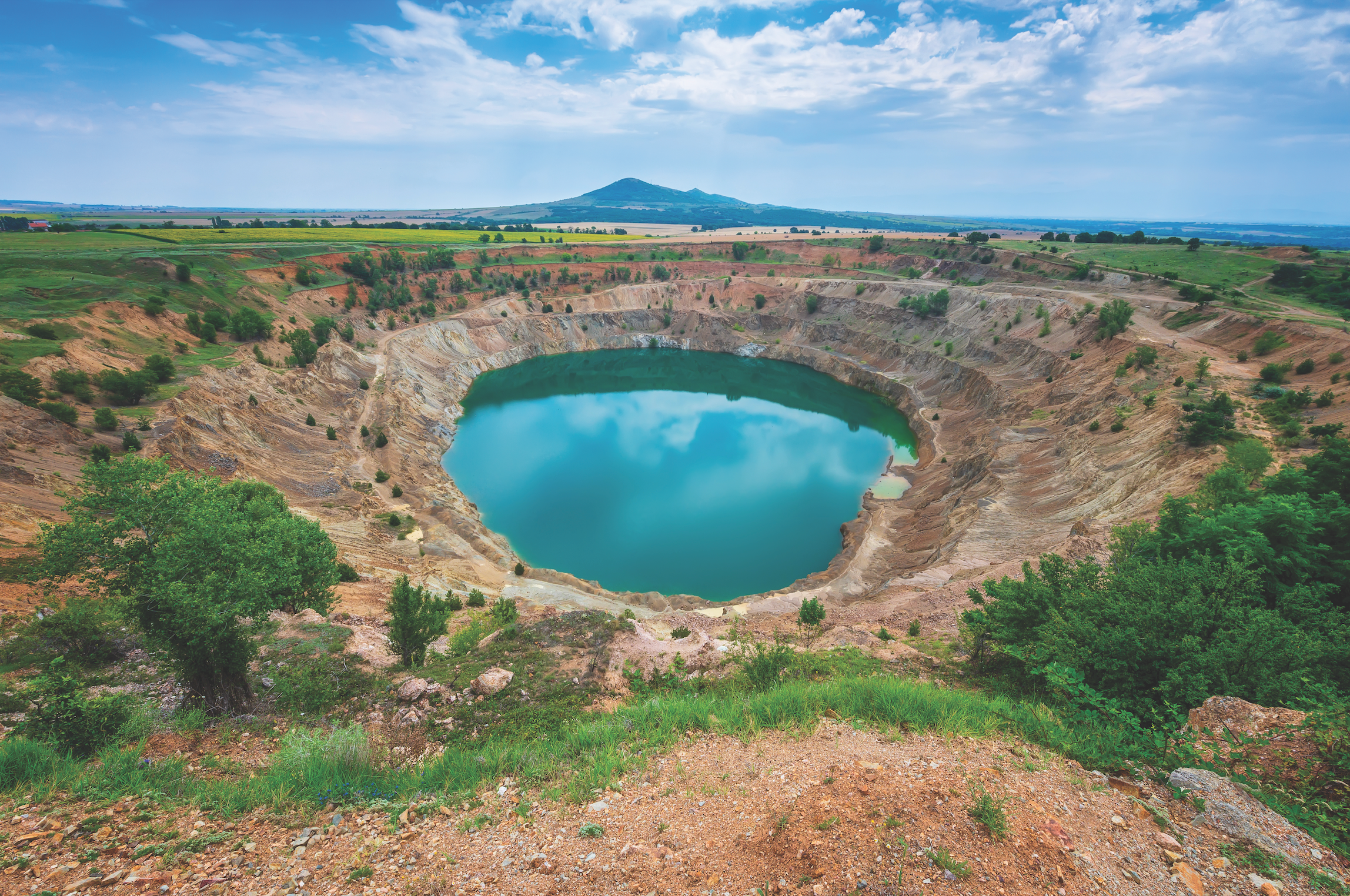
Mine, Craft
SUSTAINABLE JEWELRY? It’s possible—but it all starts with mining. We press industry experts and pioneering brands to explain the path forward.
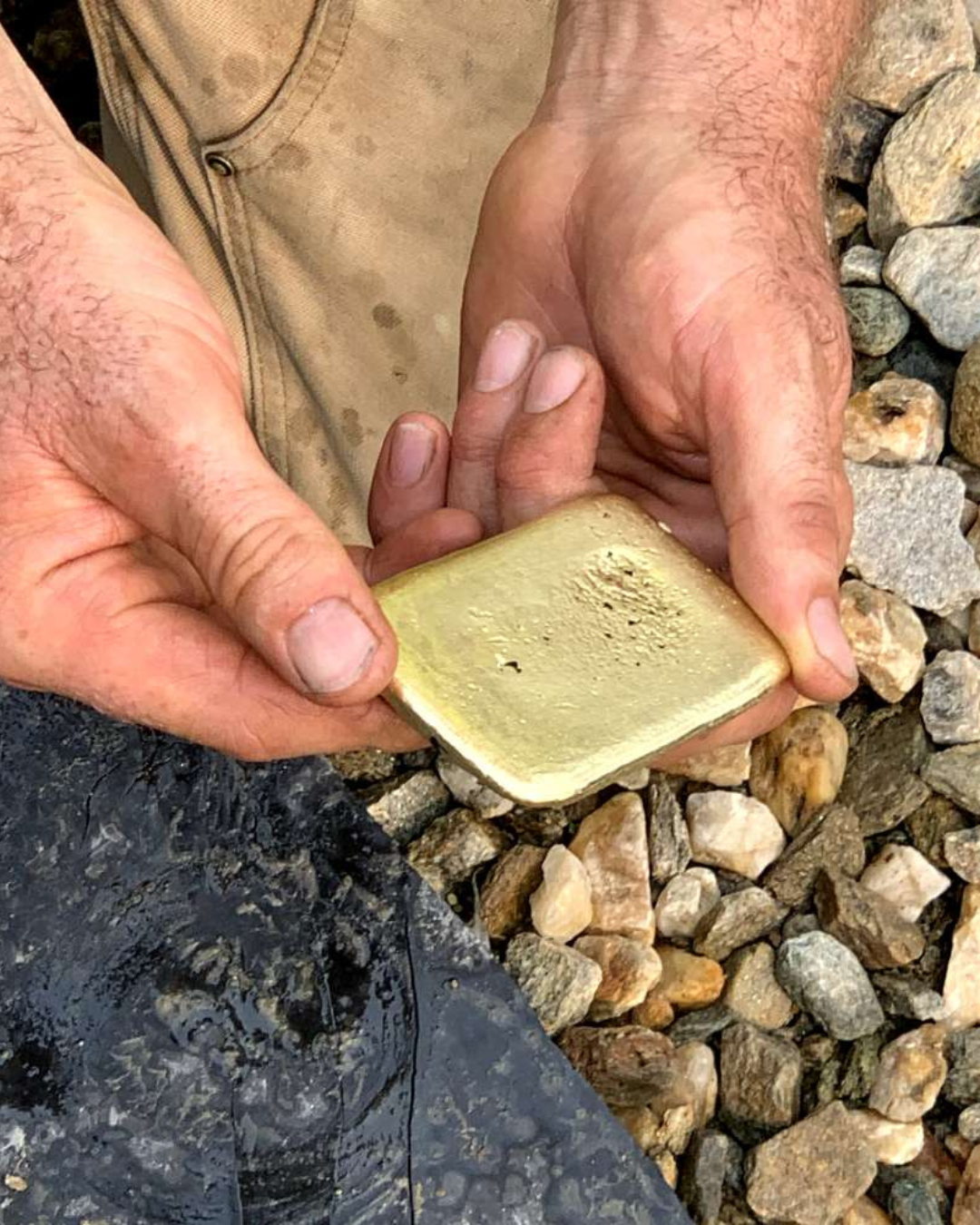
At the jewelry brand Mejuri, there's a program called Every Job Is a Sustainability Job. It speaks to the Kind of all-hands approach an entire industry could benefit from.
The way Mejuri sees it, if you want to accomplish real change, you need everyone on your team rowing in the same direction—not to mention your supply chain, from your mining partners and governmental agencies, to international regulators and philanthropic organizations.
Complicated? Absolutely.
Which is why folks like Holly McHugh and Vanessa Mass have jobs. McHugh is VP of Sustainability for Mejuri; Mass is a consultant for mining projects in environmentally sensitive areas. We spoke to each of them to better understand the efforts being made in the jewelry industry to achieve a more sustainable future.
At Mejuri, they take a big-picture approach. “We focus on external collaboration with not only others in our industry,” says McHugh, “but also with companies that are buying the same materials we are, in industries like technology.” Case in point, both Mejuri and Apple are investing partners in Regeneration, an organization that works to restore abandoned mines.
The consumer-facing result of this work is Mejuri's Salmon Gold collection, which features gold sourced from Regeneration's efforts to repair damaged waterways.
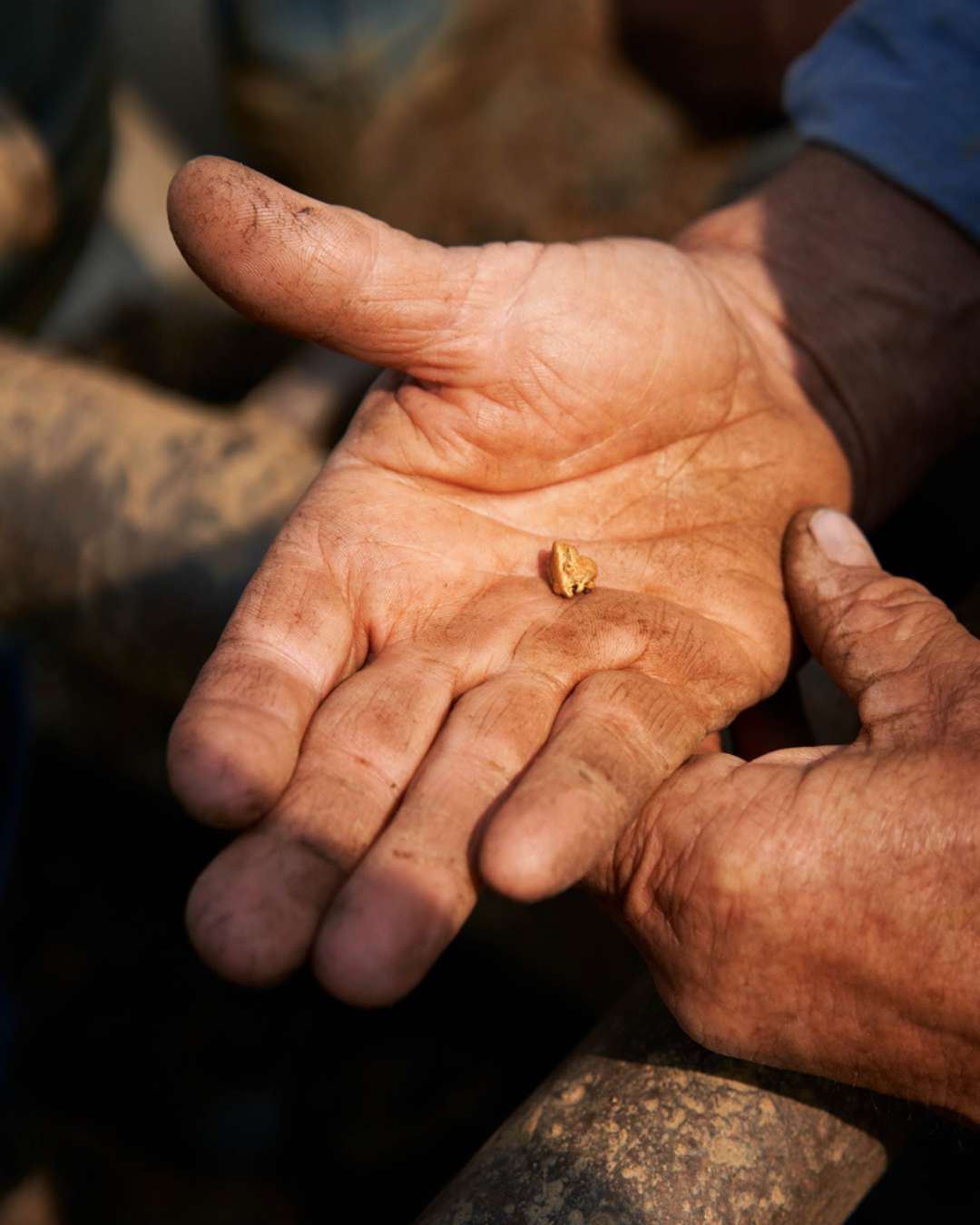
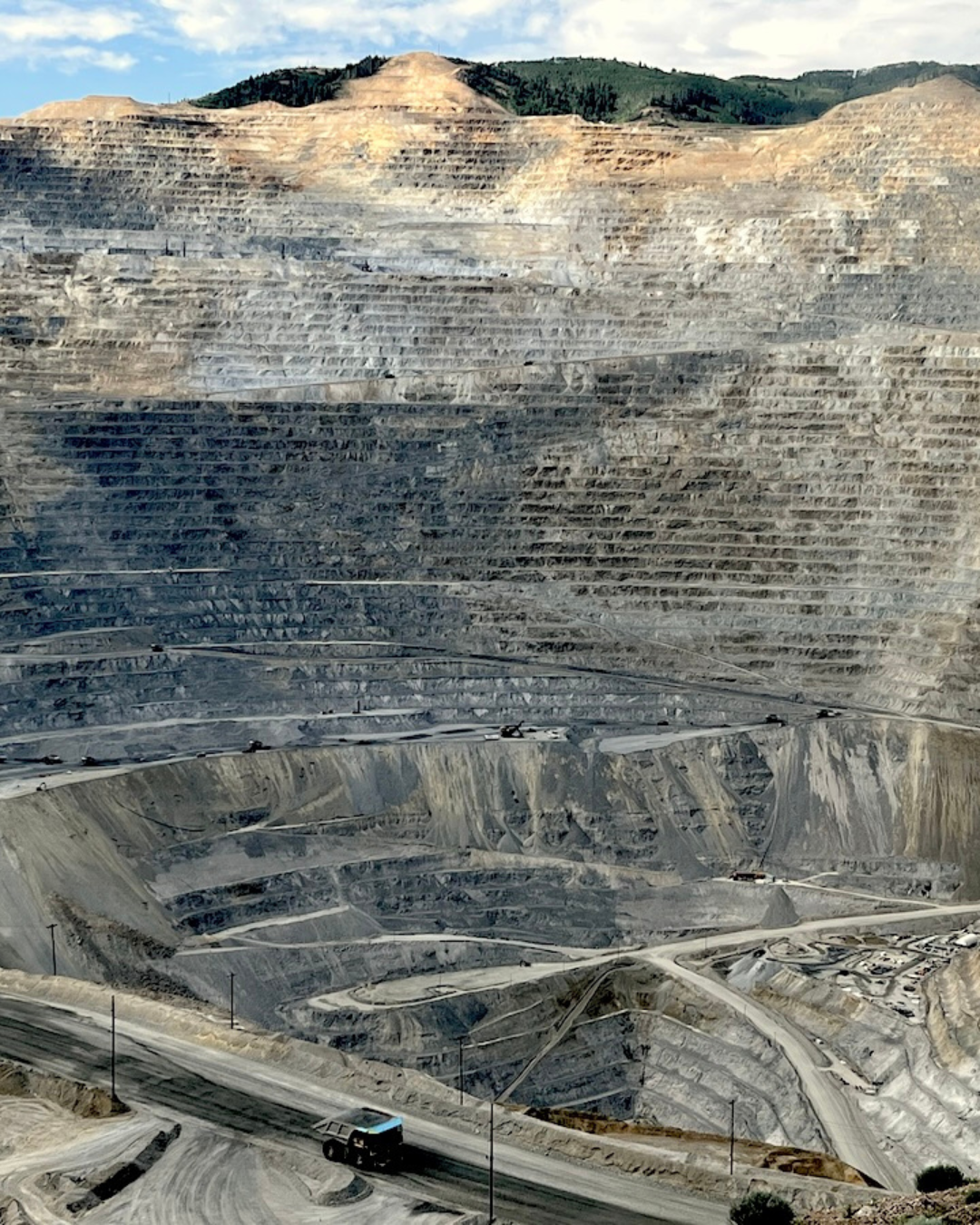
“Salmon Gold was born from the idea that when a mine closes, it doesn’t have to be the end of the story,” says Stephen D’Esposito, Regeneration’s president and CEO. “We shouldn’t let mine waste go to waste—we should treat it as an opportunity.”
Profits from gold retrieved from abandoned mines is used to reinvigorate streams and rivers, welcoming the return of salmon and other species. To involve the consumer, Mejuri launched its specially branded collection in 2024. “Our Salmon Gold product performed about twice as good as we thought it would,” says McHugh. “Now, maybe that can be attributed to the design of it. It was a new texture that we were adding to a hoop, but it also had this incredible story about restoration in Northern Yukon and Alaska, and it’s a beautiful story that people can feel really good about when purchasing their 14-karat gold pieces.”
Collaborating with organizations like Regeneration yields a positive impact, but on a global scale, improving the mining industry is a much bigger undertaking. Which is where Vanessa Mass comes in. Mass helps mining projects operate in an environmentally sensitive and sensible manner. This allows them to meet standards imposed by global regulatory groups like the Organisation for Economic Co-operation and Development (OECD) and the International Finance Corporation (IFC), as well as the Equator Principles.
Not that they’re necessarily doing this out of the goodness of their hearts, Mass points out. If a mining project wants financing, it needs to pass muster with the IFC in order for major banks to invest in it. Good for business, good for the surrounding habitat.
“I come in when a project is looking for financing and banks are interested, and these are banks that adhere to the Equator Principles,” explains Mass. “They generally look for an independent consultant to go down and do due diligence on a project and to assess that project against these international standards, and then report back to the banks. Not telling them to invest or not invest, but here’s where the project is compliant, here’s where it’s not, and so here is where the gaps are and here’s what they would need to do in order to become compliant.”
Not that it ends with the banks. There are other organizations involved in ESG efforts. There’s the Copper Mark and the World Gold Council, for instance, which communicate to those in one’s supply chain that you have been externally audited and certified against high level ESG standards. These bodies, along with The Mining Association of Canada, signify progress being made in the industry, especially in the past 10 years.
It’s a lot to process and to absorb, but you can begin to see the positive effects with major jewelry brands like Mejuri and, perhaps most significantly, with those who wear the jewelry. “A lot of the success on the sustainable production front is in part being driven by consumers who care, who want to support products that are made with fair labor or environmental consciousness,” says Mass. “And then you also have retailers who understand this and want to promote this to their customers, saying, ‘Hey, we’re supporting these makers, we are concerned about where our materials come from. You can trust us—the products we are selling you will meet your standards.”
11 Must-Have Holiday Gifts
Tis the season for standout finds. Unwrap our top holiday picks
Read moreThe Woven Wall
For Mexico-based maker KREYÉ, the artistry of craft represents both beauty and commerce
Read more

